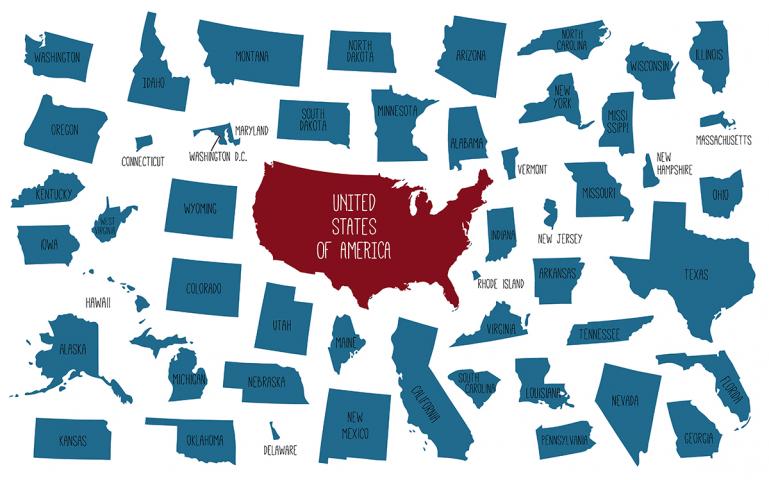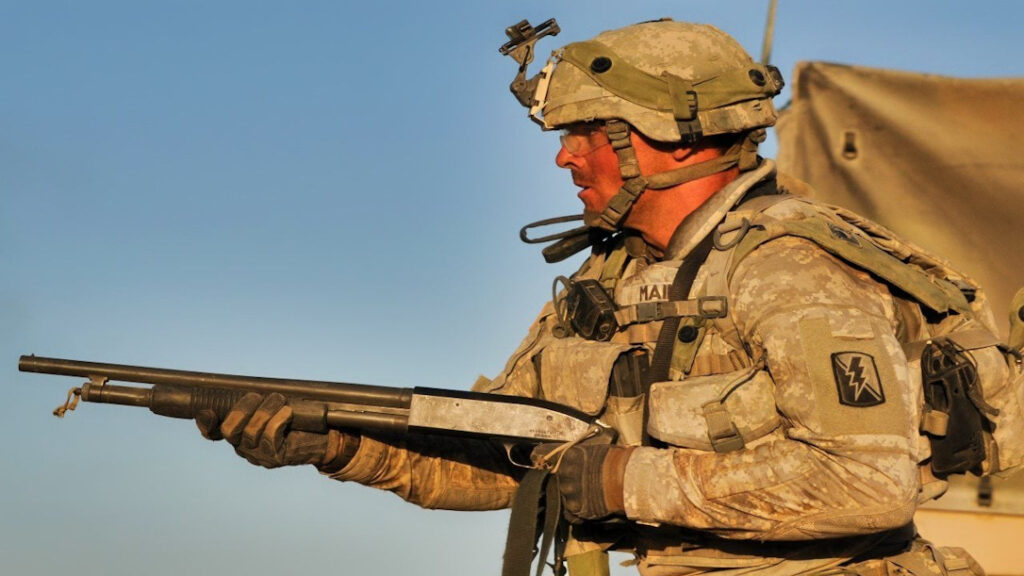Strategically, rights and control belligerents must decide whether to field the battle in Washington, D.C. or in the 50 state legislatures. If control advocates can breach the Congressional citadel then the right will be swiftly ground to dust. Many rights advocates recognize this all-eggs-in-one-basket vulnerability and resist the temptation to advocate for Congressional legislation advancing rights. (Some rights advocates even object to federal National Carry Reciprocity on any pretense.)
Control advocates have also recognized the difficulty of overcoming Congressional resistance to gun control. They are turning to state-by-state fights for incremental measures such as “assault weapons” bans and universal background checks. The states’ rights strategy is proving to be a long, slow, expensive grind. Rights advocates should see this as a successful diversion of the battlefield to our high ground position. Control advocates do have a near unlimited war chest they can use to win by attrition. Even so, until the last state falls—perhaps Alaska—the ultimate flicker of light from the Second Amendment will not have been extinguished. Keep your powder dry.
Purist rights advocates want to insist that legislative power to control guns is uniformly negligible. This is a sound, principled position, but may be a flawed strategy. Control advocates will be only too eager to agree that the power to control guns is uniform. If rights advocates concede this point, there remains only the question whether that power is zero, minute, or to what degree. We might imagine that the opposition will agree to minimal power. But it is here where the control advocates will begin the bidding at major and then bargain for total power.
Advertisement — Continue Reading Below
Strategically, rights advocates can be better off defending the 50 outposts of the legislatures in the several states. Our position ought to be as follows: There is one uniform standard for the right ordained by the Second Amendment, and it is limited. First, and most clearly, it specifically empowers “the People”, not the government. The right is to “keep and bear”, although not to use arms in a manner jeopardizing public safety. What weapons might fall outside the definition of “arms” will never be known with complete certainty; for example, what about the garrote?
The power of legislatures to limit the extent of that right must necessarily be divided between the national and state governments. Our federal system has divided the spheres of influence fairly consistently: The federal government is concerned with international and interstate affairs whereas the state governments are left with the “police power” to regulate their domestic affairs. While executed imperfectly, gun control has generally been divided according to this federal principle. Interstate commerce in firearms is governed by federal laws; keeping and bearing arms is regulated, or not, by the laws of the several states.
As one example, there is a right of the People to possess long guns, but at what age? Various states set the minimum age for possession of a long gun at 21, 18, 16, 14, or none. If we admit Congress’s power to specify a minimum age for militia duty must we then concede that it also has the power to specify a nationwide minimum age for possession of long arms? How shall we persuade the peoples of two dozen states to deprive their children of the right to long guns? As of this writing, only Illinois sets the minimum at 21 and only 15 states at 18.
Advertisement — Continue Reading Below
As another example, how could be a uniform standard for prescribing “gun-free” zones? Hawaii might tightly constrain carry in every municipality whereas Alaskans may need to carry everywhere in their state if they are to be armed against dangerous fauna.















